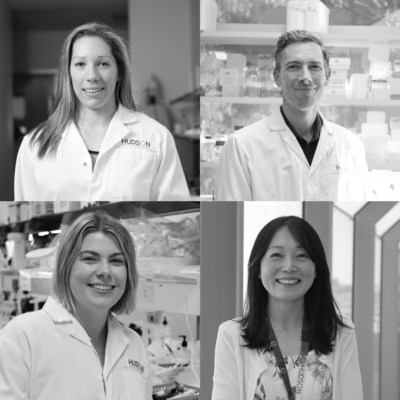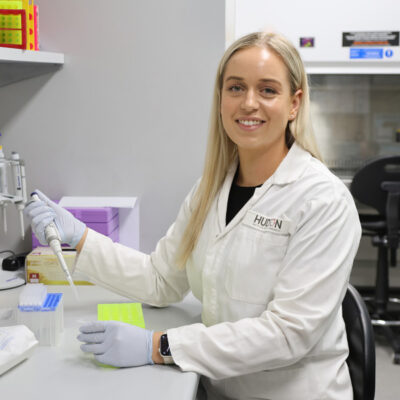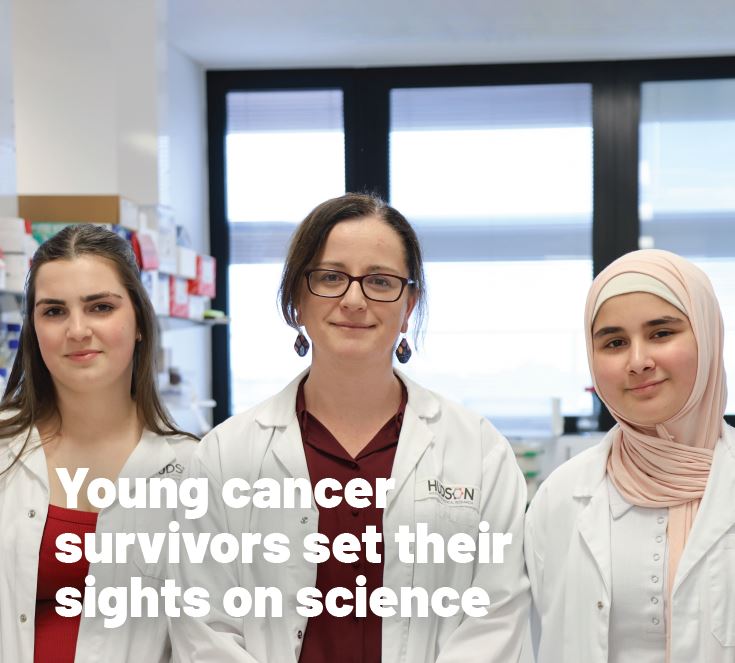New treatment hope for perinatal lung and brain injury
By Rob Clancy, staff writer. Reviewed by Dr Ishmael Inocencio
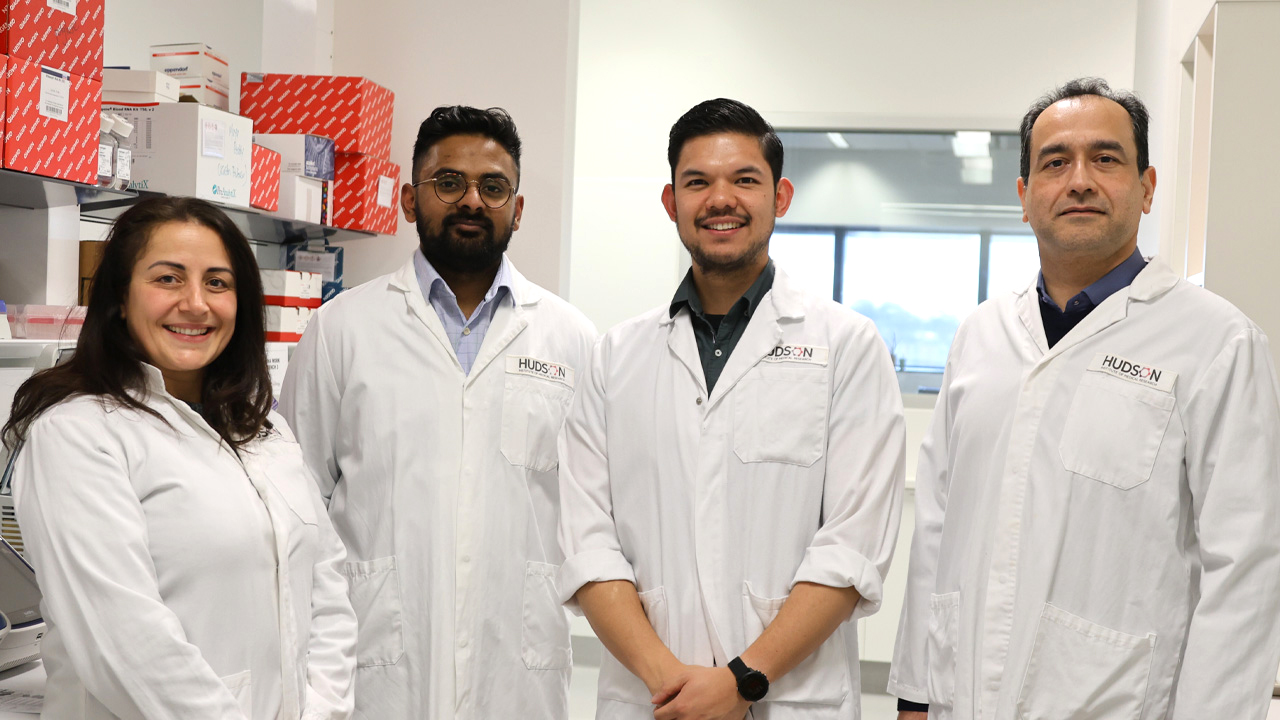
Hudson Institute researchers are lifting the lid on a treatment promising the benefits of stem cells but none of the drawbacks, offering potential to reduce the lifelong impacts of perinatal lung and brain injuries.
Key points
- Human amniotic epithelial cells have the potential to treat heart and lung conditions such as bronchopulmonary dysplasia (BPD) and cerebral palsy (CP) affecting premature babies
- Extracellular vesicles demonstrate comparable therapeutic properties, but possess benefits regarding scalability and transport
- More research is needed to safely bring these potential treatments to the clinic.
Their research aims to help children born preterm who are at increased risk of developing bronchopulmonary dysplasia (BPD) and cerebral palsy (CP).
Dr Ishmael Inocencio led a comprehensive review of research into extracellular vesicles (EVs) derived from human amniotic epithelial cells (hAECs), finding they have characteristics that give them therapeutic advantages over traditional cell-based therapies.
Potential new treatment for perinatal lung and brain injury
“There is plenty of evidence to show the ability of both hAECs and hAEC-EVs to treat perinatal cerebral and pulmonary injury, given their anti-inflammatory and regenerative properties,” Dr Inocencio said.
“Whole cell therapy has shown significant therapeutic potential in the context of perinatal brain and lung injury. However, EVs are a biological therapeutic that can be more easily scaled and distributed. Evidence also suggests that EVs could offer a better safety profile compared to whole cells”.
“The research is ongoing, but EV could potentially be the next frontier in biological therapy.”
“After examining all the available literature, we suggest that further research regarding therapeutic mechanisms and regulatory frameworks of EVs is required to avoid the pitfalls of some previous biological therapies and improve the translation into the clinic.”
It is an area of medicine in desperate need of better treatment options: the economic impact of prematurity and subsequent lifelong diseases is approximately $1.4 billion in the first 18 years of life.
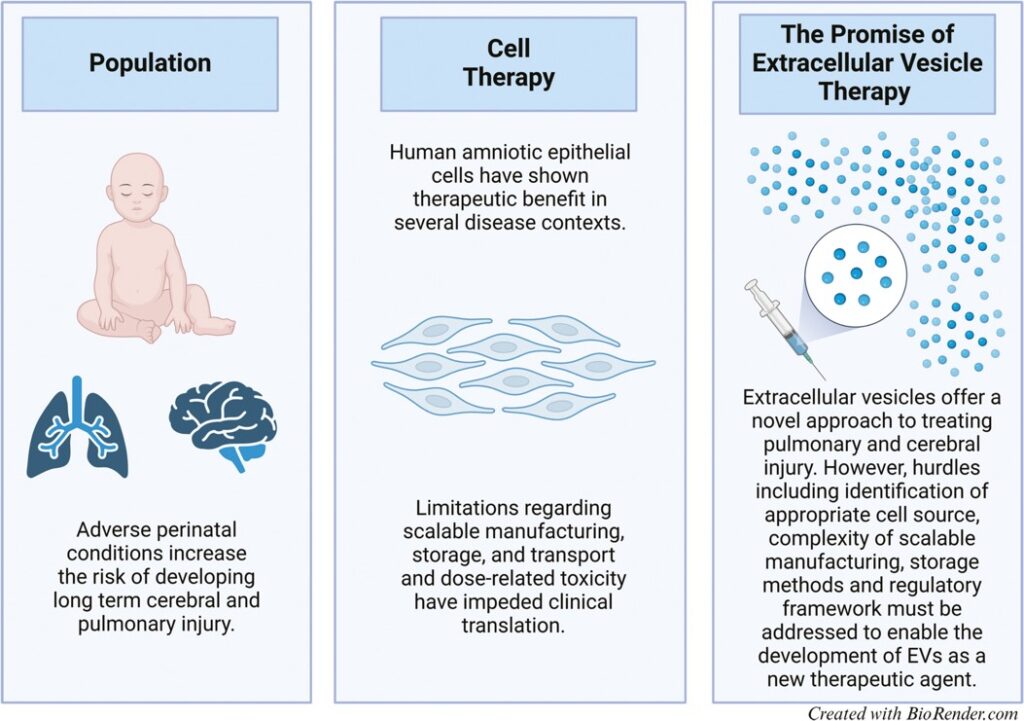
‘Life-changing’ diseases of prematurity
Bronchopulmonary dysplasia (BPD) and cerebral palsy (CP) are lifelong diseases which become significantly more prevalent the earlier a baby is born.
Dr Inocencio said that currently, these diseases have no direct therapy, so the recommendation from his research is that hAEC-EVs have the potential to become this novel therapy.
“If we can produce the benefits that hAECs offer with EVs as the therapeutic agent, it could be a quantum leap in our ability to prevent, or at least minimise the effects of, these life-changing perinatal lung and brain injuries,” he said.
What are extracellular vesicles?
Extracellular vesicles (EVs) are small, membrane-bound particles released by almost all cell types. They play a crucial role in intercellular communication by transporting proteins, lipids, and nucleic acids between cells.
Depending on the cell of origin, EVs can play a role in
Cell communication: EVs facilitate communication between cells by transferring bioactive molecules, which can influence the behaviour of recipient cells.
Immune response: B bioactive molecules may include anti-inflammatory cargo from parent cells. These can modulate the immune response to potentially reduce a pro-inflammatory environment.
Therapeutic potential: EVs are being explored for their potential in delivering therapeutic agents to damaged cells or tissues.
Journal | Stem Cells Translational Medicne
Title | Therapeutic potential of extracellular vesicles derived from human amniotic epithelial cells for perinatal cerebral and pulmonary injury.
View publication | https://pubmed.ncbi.nlm.nih.gov/38895873/
- Women’s and Newborn health
- Cerebral Palsy
- Bronchopulmonary dysplasia
- Necrotising enterocolitis (NEC)
In this article
About Hudson Institute
Hudson Institute’ s research programs deliver in three areas of medical need – inflammation, cancer, women’s and newborn health. More
Hudson News
Get the inside view on discoveries and patient stories
“Thank you Hudson Institute researchers. Your work brings such hope to all women with ovarian cancer knowing that potentially women in the future won't have to go through what we have!”


